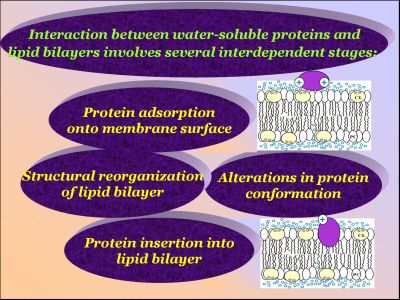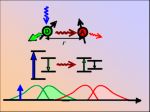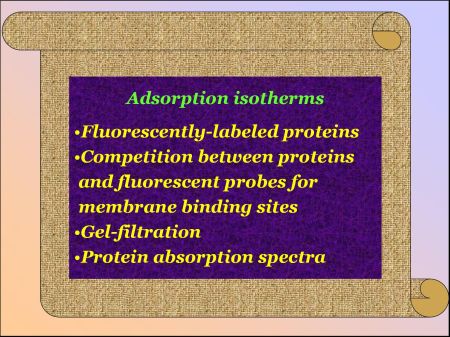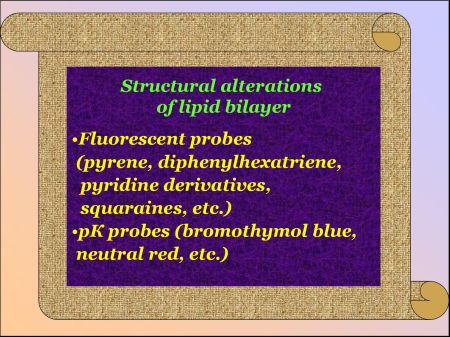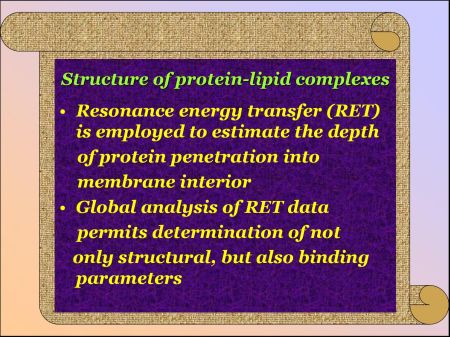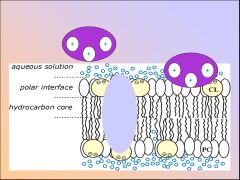
Interactions between the two major membrane components – proteins and lipids play a key role in a wide variety of cellular processes, including signal transduction, intracellular transport, enzyme functioning, energy conversion in the cell, antimicrobial defense and control of membrane fusion. One approach to elucidating the nature of protein-lipid interactions is based on the study of model systems, composed of self-closed lipid bilayers (liposomes) and isolated proteins.

